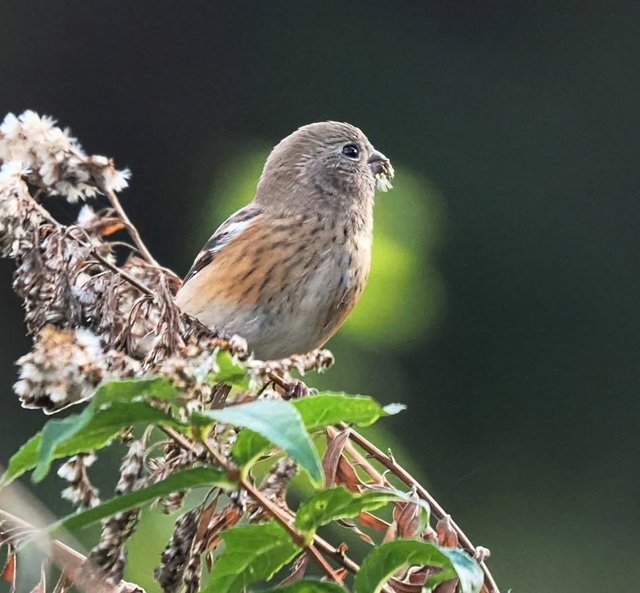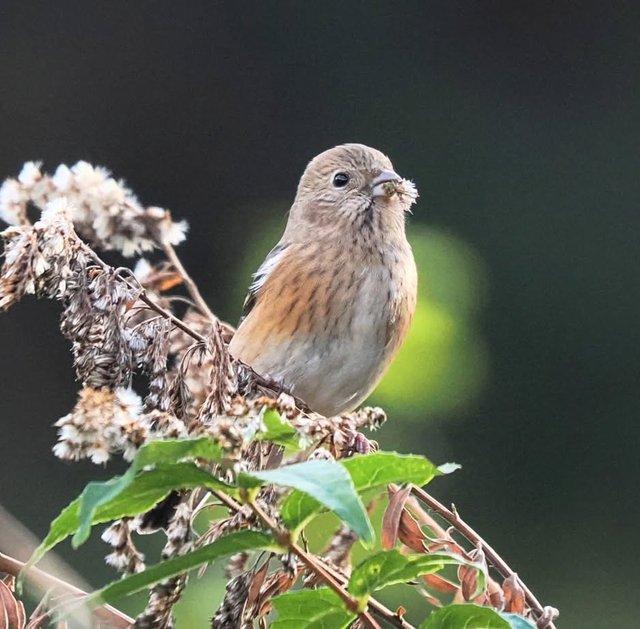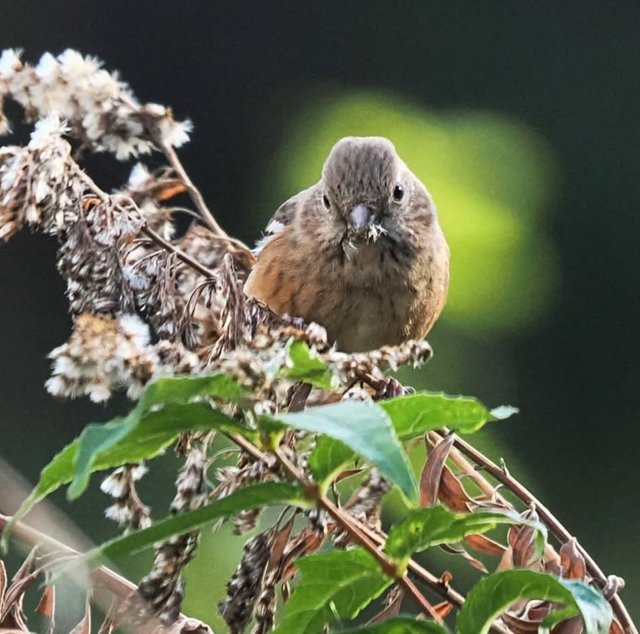The Common Linnet: A Songbird of Grace and Melody
The Common Linnet is a small, charming songbird that has captivated bird enthusiasts and casual nature lovers alike. Known for its melodic song and striking appearance, the Common Linnet holds a special place in the hearts of those who appreciate the wonders of the natural world. This article explores the biology, behavior, habitat, and cultural significance of this fascinating bird.
Physical Description
The Common Linnet is a small finch, measuring around 13–14 cm in length with a wingspan of 21–25 cm. It is relatively lightweight, weighing between 15 and 20 grams. The bird’s plumage is one of its most distinguishing features:
Males: During the breeding season, males boast a striking reddish-pink patch on their breast and forehead, which contrasts beautifully with their brown-streaked back and grayish head. Their wings and tail are dark brown with white edges, creating a bold and elegant appearance.
Females and Juveniles: Females lack the vibrant red coloring of males, displaying a more subdued brown and gray plumage. Juveniles resemble females but with heavier streaking.
This dimorphism allows males to stand out during courtship displays, while the more camouflaged females remain better protected when nesting.
Habitat and Distribution
The Common Linnet is native to Europe, western Asia, and parts of North Africa. It thrives in a variety of habitats, including:
Farmlands: Open agricultural areas with hedgerows are ideal for these birds.
Heathlands and Grasslands: Areas with scrub vegetation provide excellent foraging and nesting opportunities.
Suburban Gardens: In some regions, Linnets adapt well to gardens and parks, especially those with seed-bearing plants.
Their adaptability allows them to occupy both lowland and upland areas, though they prefer altitudes below 1,500 meters.
During winter, Linnets may migrate to southern parts of their range or move to lower altitudes, forming flocks that often include other finches.




Thanks For Reading
Device Information
| Device | cannon eos 600D |
|---|---|
| Lens | 55-250 zoom leans |
| Location | Myanmar |
